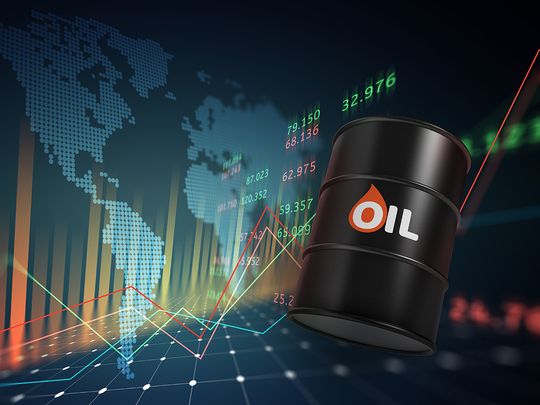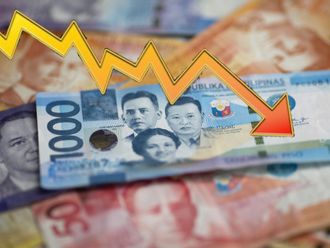
Oil markets are dominated by conflicting information and data points that reflect the intensity of conflicts that have surpassed its trade and economic boundaries. And thereby entering into vital geopolitical considerations, such as sanctions imposed on more than one oil-producing country, in addition to the Russian-Ukraine war and the conflict in the Middle East.
In the context of the parallel media war, negative statements and reports issued by the International Energy Agency (IEA) represent the interests of oil consuming countries. The IEA recently said ‘oil supplies will reach their peak in 2030 and that oil demand will drop by 25 per cent in the same year, which will lead to a significant decline in prices’.
It also projected that global oil demand will increase by 2 million barrels per day in 2024 and then will decline to 800,000 barrels per day in 2026…
In contrast, the response from OPEC and OPEC+ was swift and clear, presenting data that differed from IEA’s. Haitham Al Ghais, Secretary-General of OPEC, stated, “The IEA’s statement is dangerous, not based on facts, and will harm consumers.”
He pointed to mistakes made by IEA in the past, such as forecasts which showed that the gasoline demand will reach its peak in 2019. What happened was the opposite as demand for gasoline reached record levels last year.
US and its oil stocks
As evidence, US President Joe Biden recently said: ‘Washington is ready to draw from its strategic oil stockpile if the price of gasoline rises again’, while Amos Hochstein, Joe Biden’s Senior Advisor for Energy, said: “Oil prices at fuel stations are still too high.”
He added: “We will do everything we can to make sure that the market receives enough supplies.”
This indicates the IEA’s earlier forecast of peak oil demand in 2019 was incorrect. Given its importance, this issue has become a focal point in the US presidential campaign between Democrats and Republicans after the price of a liter of gasoline increased by 50 per cent since President Biden took office, succeeding President Donald Trump.
OPEC has presented a contrasting outlook on oil demand, predicting a rise by 3 million barrels per day next year, and a total of 116 million barrels per day by 2045. This indicates that IEA’s projections may have a political agenda, diverging from actual market conditions and the consistent increase in oil demand.
Such projections may lead to a supply shortage, since IEA’s report included a call to reduce investments in fossil energy sources, including oil. This means the world may potentially face another energy crisis due to the decline in investments in conventional energy sources, considering the relatively long lead time between any investment and production from new oil fields.
Only sparking wild price fluctuation
Certainly, such reports and counter-reports leave some effects on oil prices and lead to sharp fluctuations that are not in the interest of producers and consumers. This is in addition to other factors related to the condition of the global economy and levels of strategic storage, especially in the US.
Producing and consuming countries alike are aware of the reality of the conditions of oil markets. Therefore, IEA’s reports have a weak and limited impact on oil prices, which temporarily declined after its statements, in addition to coinciding with the rise in US stock to $76 per barrel of Brent crude.
The oil prices have quickly bounced back, by 4 per cent within one week to $82 per barrel and up 7.9 per cent from its lowest levels during June. This means that oil prices will stabilize above $ 80 per barrel during the current year, with Goldman Sachs expecting the price to reach $86, which is a largely correct forecast, as evidenced that it exceeded this price at the beginning of this week.













